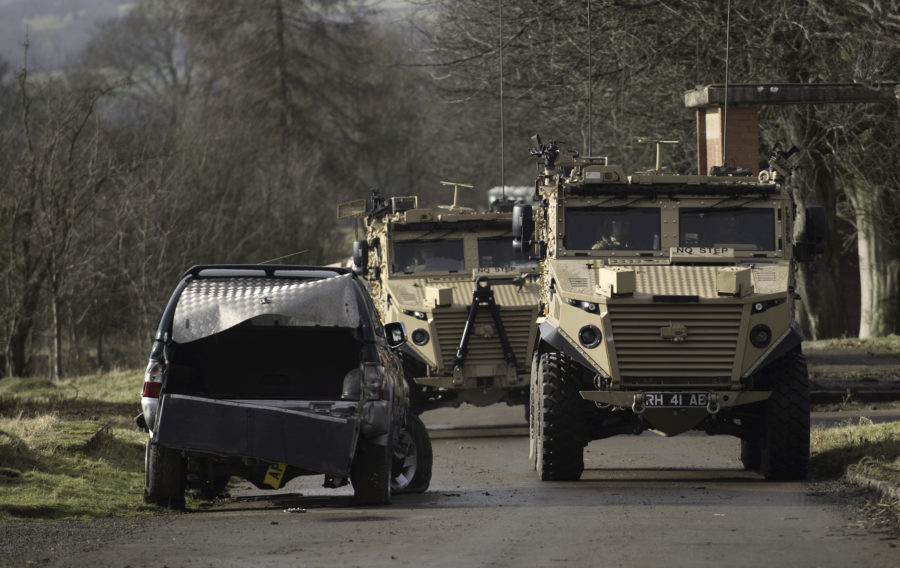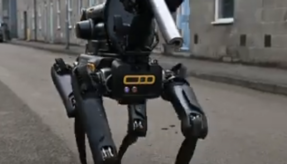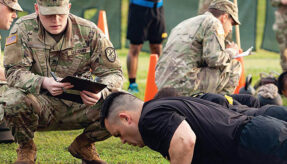
Experts at the Defence Science and Technology Laboratory (Dstl) and their US colleagues have developed a system to identify weapons used by the enemy based on after-attack analysis.
Knowing exactly what has been used in an attack can mean changes are made to kit and equipment, to protect against the latest threats and save the lives of soldiers on the front line.
The system involves simple analysis and forensics gathering at the scene – something which is essential to do quickly in a battlefield environment, with more detailed reconstruction and analysis later on, to build a picture of what happened. Everything, from measuring the craters left by explosives to studying the blast patterns of bullets, can be used to accurately identify the weapons used, even down to the country of origin, with each weapon leaving behind a distinct ‘signature’.
The package, funded by Dstl and created in partnership with the US Army National Ground Intelligence Centre (NGIC), is made up of sophisticated algorithms, libraries of collected data and results from live testing, and can provide accurate results quickly – sometimes within an hour of an incident.
Louis Tutin, Project Manager from the blast and IED team at Dstl, said: “It’s like a fingerprint, we can accurately identify the exact methods used by the enemy, and so can counter it with improved protection for our troops. Before this project, we relied on experience and opinion, now we can back this up with science. You can’t protect against bombs and bullets if you don’t know what the enemy’s using.”
image © Crown Copyright
If you would like to join our community and read more articles like this then please click here.
Defence Science and Technology Laboratory Dstl National Ground Intelligence Centre NGIC US Army







